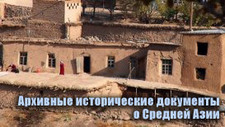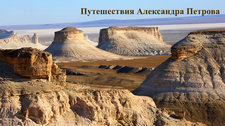You are here
Climate of Karkaraly park.
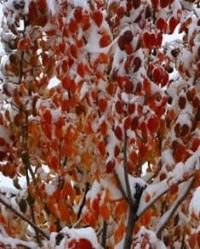
Tours in Karaganda town.
“Now days are hot as passions,
Will not come until next spring,
Ahead of cold weather
And about the warm ringing summer dreams"
Anatoly Bolutenko.
"I feel like you and I are walking the same paths – between the pines and granite of Karkaraly, where legends breathe like the wind in the gorges."
Tours from Balkhash to Astana.
Karkaraly Nature Park is located in the eastern part of the Kazakh Uplands, at altitudes ranging from 600 to 1,403 meters above sea level, near Zhirensakal (Komsomola) Peak. This location in the center of the Eurasian continent, far from the oceans, determines a continental climate characterized by large annual and daily temperature fluctuations, abrupt weather changes, and low precipitation.
However, the Karkaraly Mountains have a milder climate than the open steppes, thanks to the altitude, abundant forests, and numerous lakes, which create their own microclimate. The Karkaraly Mountains are sharply dissected rocky ridges with ridge-like divides, intermontane basins, gorges, and river valleys.
Caves and rock overhangs, shallow niches and through-holes in the rocks, jagged towers and solitary columnar figures are found. They extend from south to north. The summit of this ridge forms several outstanding, distinctive hills, of which the southern, higher one is Kosshoky.
In 1936, the mountain was renamed Komsomolsky Peak after 100 young women and men climbed it. The highest peaks of Karkaraly are Mount Shankoz (1,360 meters above sea level), Mount Bugaly (1,323 meters above sea level), and Mount Koktyube (1,254 meters above sea level).
The coldest months are December and January (-45°C), and the warmest is June (+37°C). The average annual temperature is above zero and equals +1.6°C, with the highest average in July at +18.7°C. The high degree of continentality is also reflected in the daily temperature fluctuations.
Annual precipitation also fluctuates sharply, ranging from 125 to 512 mm, averaging 298 mm. Maximum precipitation occurs in June (47 mm) and July (46 mm).
Spring in Karkaraly Nature Park – awakening of the mountains and steppes.
Spring arrives late in Karkaraly Park. In the valleys, snow begins to melt in late March, but in the mountains it persists until mid-April, and on shady slopes, even until early May. The air temperature rises rapidly: in April, daytime temperatures range from 8 to 12 °C, reaching 18 °C by May.
Spring is accompanied by strong winds and snowmelt, causing streams and small rivers to fill with water, and lakes to become especially picturesque. The first green shoots, the blooming of rose hips, pasque flowers, and tulips create a sense of the vibrant awakening of nature.
This is the best time for birdwatching – cranes, ducks, and larks return to the park, and eagles and kites soar once again above the cliffs.
Summer in Karkaraly is a time of dense pine forests and warm lakes.
Summer in Karkaraly is moderately warm. The average July temperature is 19 - 21°C, but on sunny days, the air in the steppe regions warms up to 30°C. The mountains are fresh and comfortable – 3 - 5°C cooler than the surrounding plains. Precipitation averages 60 – 80 mm per month, often in the form of short showers and thunderstorms.
Thanks to the altitude and forests, the heat here is easily tolerated. At the foot of the mountains lie warm lakes – Shaitankol, Pashenny, Bassein, and Kimassaroskoye. By midsummer, their water warms up to 22 – 24°C. The mountain slopes are fragrant with the scent of resin and wildflowers, and the shade of aspen and birch trees keeps the air cool even at midday.
Tourists especially appreciate July and August for their mild climate, stable weather, and abundance of berries - blueberries, strawberries, and rose hips.
Autumn in Karkaraly is a time of clear colors and quiet lakes.
Autumn arrives early in the mountains - by late August, nights become chilly, and from September on, light morning fogs hang over the lakes. Temperatures gradually decrease: in September, daytime highs reach 15°C, while in October, they reach around 5°C.
Precipitation is rare, but fog and drizzle are common. At this time, the forests of Karkaraly transform into a veritable kaleidoscope: the pines remain emerald, while the birches, aspens, and maples shimmer with every shade of gold, copper, and purple.
The cliffs are especially beautiful at this time - their gray and pinkish granites contrast with Bright autumn trees. This is a time of silence, when the park seems to freeze in anticipation of winter.
Winter in Karkaraly is a kingdom of snow and crystal-clear air.
Winter in Karkaraly Park is long and snowy. It sets in at the end of November and lasts until the end of March. The average January temperature is -16 to -18°C, but during Arctic air incursions, the thermometer can drop to -35°C. The frost-free period in the most favorable years reaches 142 days, in less favorable years, only 37, with the long-term average being 98 days.
The number of days per year with stable snow cover reaches 147. Early winter begins on October 29, late winter on December 16. Snowmelt can begin on March 1 or April 7, and end on March 10 or April 25. The average annual date for the last snowfall is May 12, but snow often falls into June.
The average annual date for the end of spring frosts is May 30, and the first frost in autumn is September 6. Winter here is characterized by amazing air clarity – the sky is blue, the sun is bright, and the snow sparkles in the sun like a scattering of diamonds.
The snow cover in the mountains reaches 40 - 60 cm, and in gorges and hollows, it can be up to a meter. Thanks to the snow and the pine trees, Karkaraly at this time resembles an alpine landscape. The wind in the mountains is light, making the frost easily bearable. Windless days with a light frost on the branches are common.
This is a time of special charm – the park is immersed in silence, and the sounds of footsteps and echoes become almost surreal. or tourists, winter is a time for skiing and walks on frozen lakes. Locals say that on frosty nights, you can hear the "singing of the mountains" on the peaks - the gentle crackling of stones, like the breathing of the earth itself beneath the snow.
Average climate indicators (according to Karkaraly weather station).
Period Average t°C Precipitation, mm Seasonal characteristics.
January – 16.25 Frosty, lightly snowed winter, stable snow cover.
March – 5.20 Thaws, snowstorms.
May +13.35 Flora blooms, snow melts in the mountains.
July +20.50 Warmest and wettest time of year.
September +12.30 Golden autumn, clear weather.
November – 6.20 First snowfalls, stable frosts.
Summary of climate of Karkaraly Nature Park.
Climate of the Karkaraly Nature Park combines features of both steppe and mountain forest. It is contrasting, yet surprisingly harmonious: mild and sunny in summer, brisk and fresh in spring, clear and golden in autumn, and pure and festive in winter.
Thanks to this diversity, Karkaraly remains one of the rare corners of Central Kazakhstan where one can experience all four seasons in their full, almost classical expression. When dawn rises over the peaks of Kokshetau and Zhirensakala, Karkaraly awakens in the morning haze – the air is filled with the freshness of pine needles and the crunch of frost.
By midday, the sun fills the valleys with warmth, the forests resonate with the aroma of grasses and resins, and the shadows of the cliffs cast thick lines across the trails. In the evening, everything comes to a standstill – as if the mountains were listening to their own breathing.
The lakes, reflecting the sky, become mirrors of the sunset, and the first stars sparkle over the slopes. This is how the Karkaraly land lives – changing with each season, but always preserving a sense of pristine harmony between man and nature.
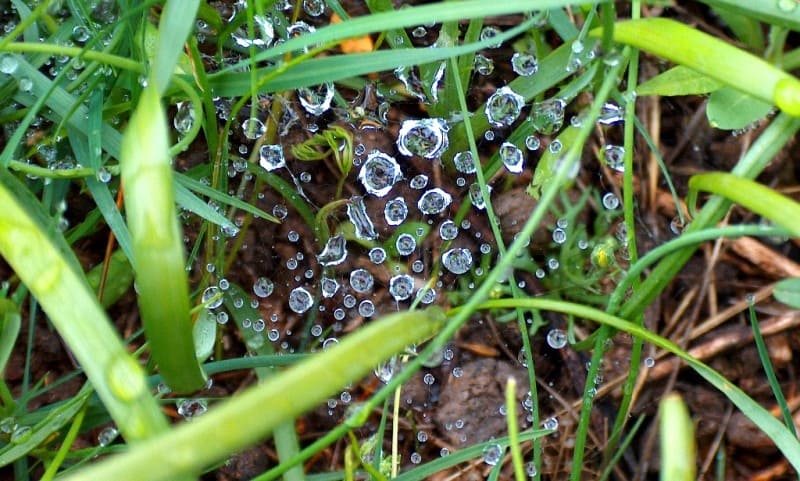
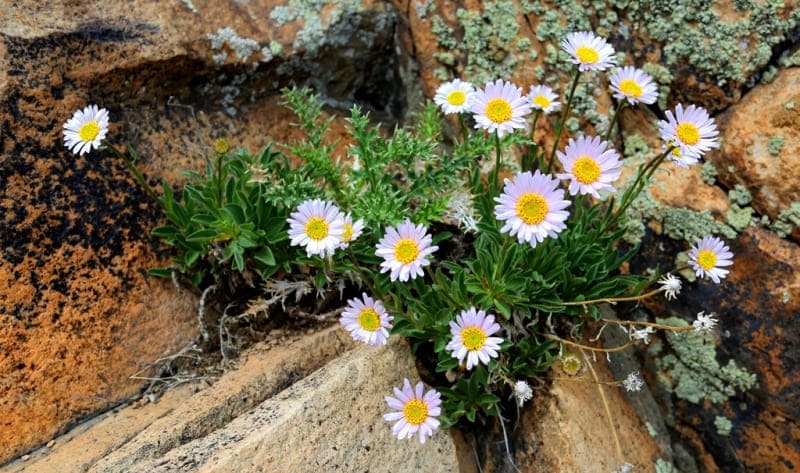
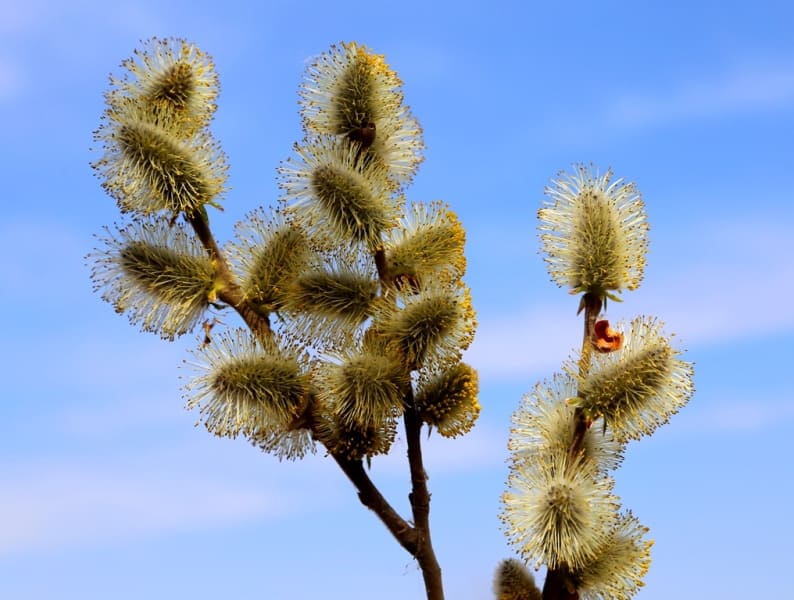
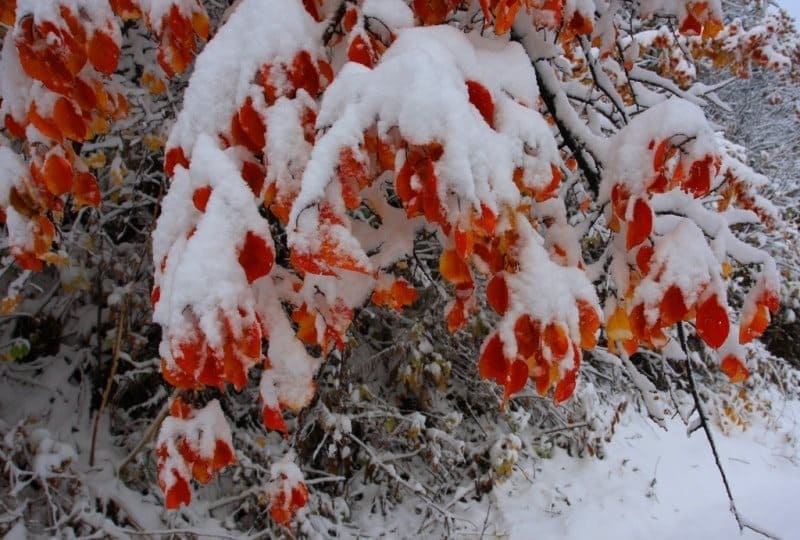
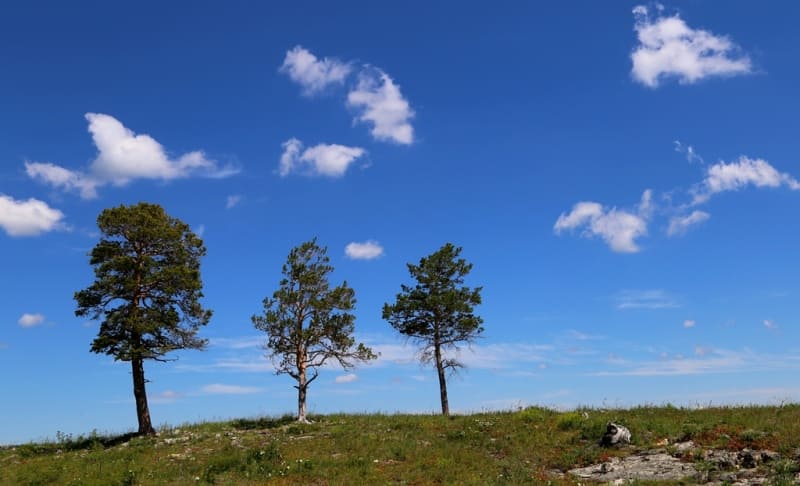
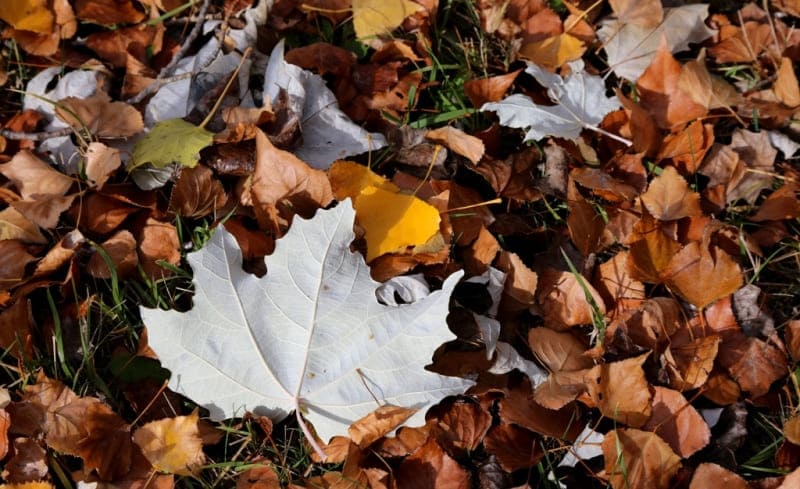
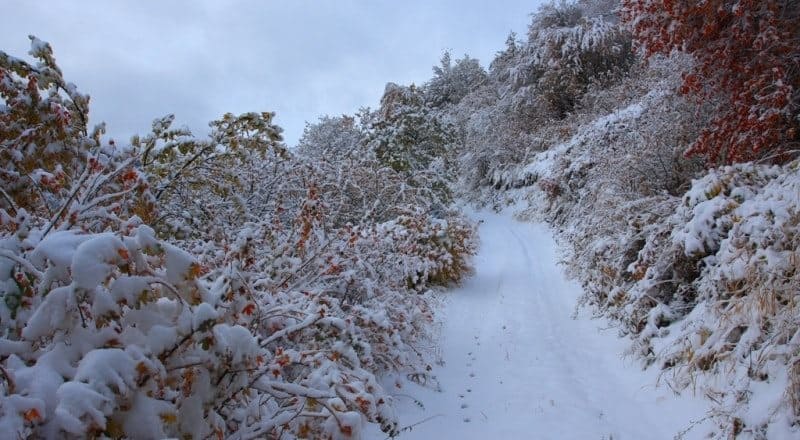
Authority and photos by:
Alexander Petrov.





